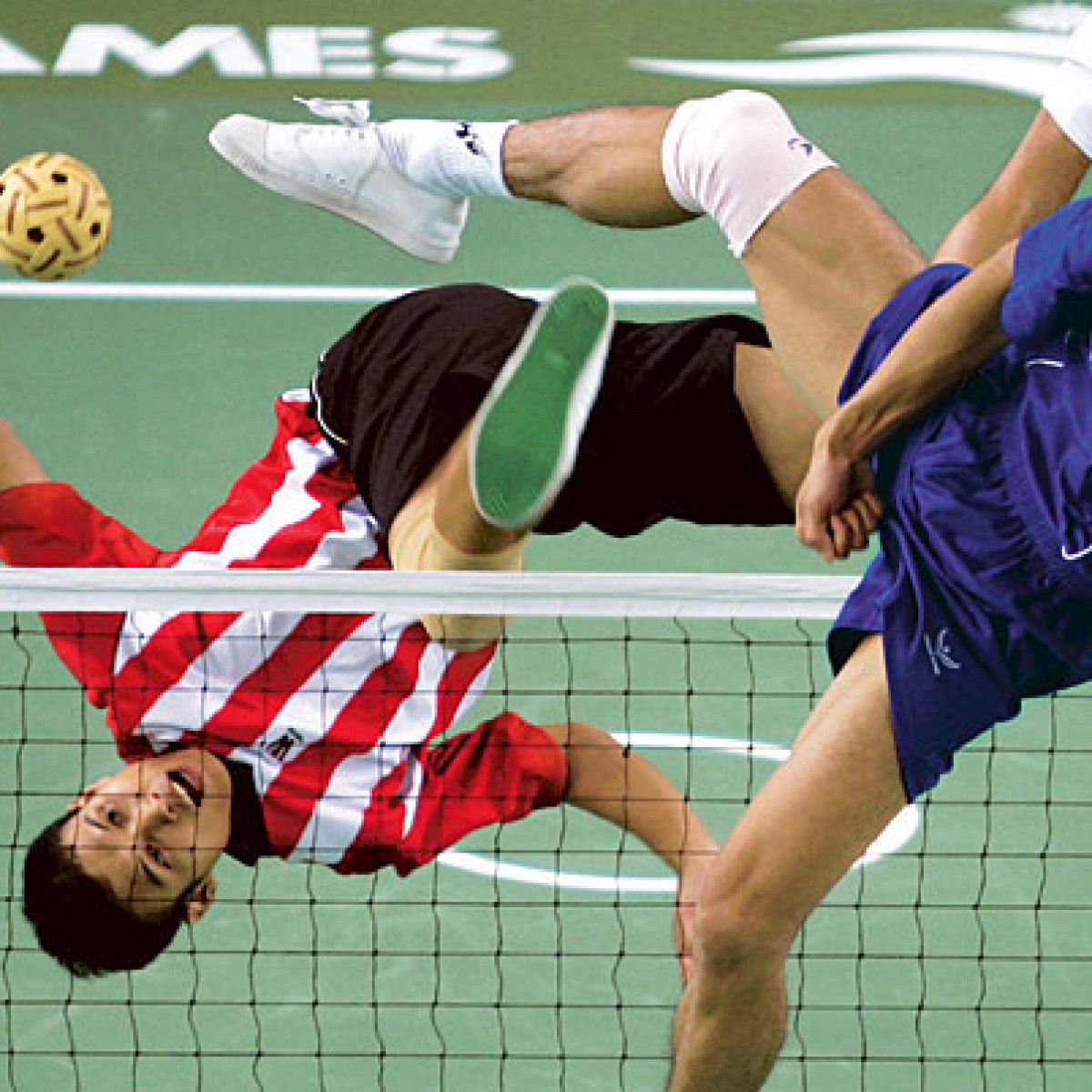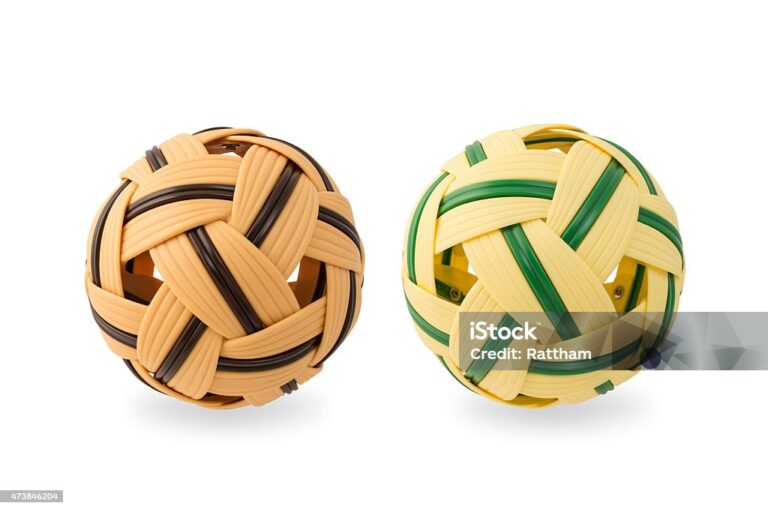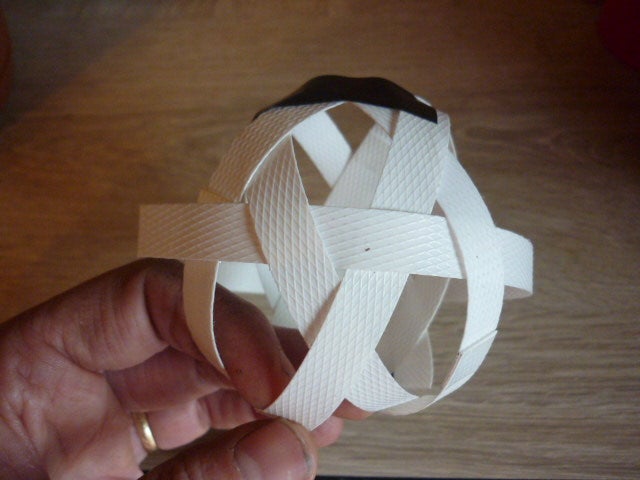What is the History of the Sepak Takraw Ball? Discover its Fascinating Origins!
( If you purchase through our sponsored links, we may receive a small commission at no extra cost to you )
The Sepak Takraw ball has a long history, originating in Southeast Asia, particularly in Malaysia, Thailand, and Indonesia. The sport traces its roots back to the 15th century, when it was known as “Sepak Raga” and played with a rattan ball.
Over time, the sport evolved, and the modern synthetic ball used today was developed in the 1960s. It is made of synthetic fibers and is lightweight, allowing players to perform acrobatic moves during matches. The history of the Sepak Takraw ball reflects the cultural significance of the sport in the region and its evolution into a competitive and popular game enjoyed by millions worldwide.
The Origins Of Sepak Takraw
Before we delve into the history of the Sepak Takraw ball, let’s take a closer look at its origins. Sepak Takraw is a traditional sport that traces its roots back to Southeast Asia, where it has been played for centuries. Its rich history is steeped in cultural significance and reflects the fusion of athleticism, tradition, and community. Understanding the origins of this unique sport can provide valuable insights into the cultural heritage and the evolution of sports in the region.
Early Origins In Southeast Asia
Sepak Takraw has a long and storied history in Southeast Asia, with its origins believed to date as far back as the 15th century. The sport is deeply embedded in the cultural fabric of countries such as Malaysia, Thailand, Indonesia, and the Philippines, where it has been passed down through generations as a cherished tradition.
Influence Of Traditional Games
The development of Sepak Takraw was influenced by traditional games and activities that were prevalent in the region. These games, often played in communal settings, provided the foundation for the unique blend of physical prowess and coordination that defines Sepak Takraw. The sport’s evolution was shaped by the cultural practices and recreational activities of the communities where it originated.
Similarities With Other Games
Sepak Takraw shares similarities with other traditional games from the region, such as “Rattan Ball” in Myanmar and “Chinlone” in Myanmar and Cambodia. These games showcase the commonality of sporting traditions across Southeast Asia and highlight the interconnectedness of the region’s cultural heritage through the medium of sport.
Cultural Significance
The significance of Sepak Takraw extends beyond the realm of sport, playing a vital role in fostering community spirit and preserving cultural identity. It serves as a platform for social interaction, celebration, and the transmission of cultural values and traditions, making it an integral part of the cultural landscape of Southeast Asia.
Evolution Of The Sepak Takraw Ball
The Sepak Takraw ball has evolved significantly over time. Originating from woven rattan, it transformed into synthetic materials for durability and performance. Today, the modern Sepak Takraw ball is a lightweight, resilient sphere designed to meet the demands of the fast-paced sport while preserving its traditional essence.
Traditional Materials And Construction
In the early history of Sepak Takraw, the ball was crafted using traditional materials such as woven rattan or bamboo. These materials were chosen for their durability and flexibility, allowing players to execute precise kicks and agile movements during the game.
Natural Components
The materials used in crafting the Sepak Takraw ball were primarily sourced from natural components such as rattan, a type of climbing palm known for its strength and resilience. This natural material provided the necessary elasticity required for the ball to withstand the rigorous play of the game.
Artisanal Crafting Techniques
The creation of the Sepak Takraw ball involved artisanal crafting techniques passed down through generations. Skilled craftsmen used intricate weaving methods to fashion the ball, ensuring that it possessed the ideal weight and bounce for gameplay.
Modern Innovations And Design
With advancements in technology and materials, modern innovations have revolutionized the design of the Sepak Takraw ball. Today, synthetic materials such as nylon or synthetic rattan are often used to enhance durability and performance, while maintaining the essence of the traditional ball.
Impact Of Technology
The impact of technology has led to the development of innovative manufacturing processes, allowing for greater precision and consistency in producing Sepak Takraw balls. This has contributed to improved quality and uniformity across the sport.
Standardization Of Specifications
Efforts towards standardization of specifications have been instrumental in ensuring the Sepak Takraw ball meets specific size, weight, and performance criteria. This has fostered fair and equitable gameplay, maintaining the integrity of the sport.
Spread And Globalization Of Sepak Takraw
Sepak Takraw, a traditional sport that originated in Southeast Asia, has gained popularity and recognition across the globe due to its unique blend of athleticism, skill, and cultural significance. The sport has a rich history that dates back centuries and has undergone a remarkable journey of spread and globalization, influencing diverse communities and cultures.
Expansion Throughout Southeast Asia
The roots of Sepak Takraw can be traced back to the traditional games and rituals of Southeast Asian communities, particularly in countries such as Malaysia, Thailand, Indonesia, and the Philippines. Each region has contributed to the development and evolution of the sport, incorporating local customs and variations that add depth to its cultural significance.
Local Variations And Regional Styles
The sport has adapted to local customs and traditions, leading to the emergence of diverse regional styles and variations. In Malaysia, for example, Sepak Takraw is played with a rattan ball called “bulu ayam,” while in Thailand, the traditional rattan ball is used in official competitions. These variations showcase the cultural richness of the sport and contribute to its widespread appeal.
Rituals And Ceremonies
Participating in Sepak Takraw is often intertwined with rituals and ceremonies that reflect the cultural heritage of the communities where the sport is played. These rituals, which may include symbolic gestures, traditional music, and ceremonial attire, serve to honor the sport’s roots and foster a sense of unity among players and spectators.
Introduction To International Competitions
The growing popularity of Sepak Takraw has led to its integration into international sporting events, providing a platform for players from diverse backgrounds to showcase their skills on a global stage. International competitions, such as the Asian Games and the World Sepak Takraw Championships, have played a pivotal role in elevating the sport’s profile and attracting a wider audience.
Recognition By Sporting Authorities
As the sport continued to garner attention and admiration, it earned recognition and support from sporting authorities worldwide. This recognition has contributed to the formalization of rules and standards, ensuring that Sepak Takraw maintains its integrity and authenticity while embracing its global appeal.
Popularization In Global Markets
The global popularity of Sepak Takraw has paved the way for its expansion into new markets, captivating enthusiasts and inspiring a new generation of players from countries around the world. By embracing modern marketing strategies and technological advancements, the sport continues to thrive in the digital age, reaching audiences beyond its traditional strongholds.
Impact And Legacy Of Sepak Takraw Ball
The impact and legacy of the Sepak Takraw ball is far-reaching, encompassing cultural, social, and athletic realms. This unique sport has left an indelible mark on various facets of society, from traditional rituals to modern athletic pursuits.
Cultural Importance And Traditions
The Sepak Takraw ball holds significant cultural importance and is deeply rooted in traditional Southeast Asian customs. It serves as a symbol of heritage and identity, embodying the spirit of unity and camaraderie within communities.
Social And Festive Celebrations
During festive occasions and social gatherings, the Sepak Takraw ball becomes a focal point, igniting joy and enthusiasm among participants and spectators. Its presence evokes a sense of belonging and merriment, fostering a vibrant atmosphere of celebration.
Integration With Modern Lifestyles
Despite its longstanding traditions, Sepak Takraw continues to integrate seamlessly into modern lifestyles, captivating enthusiasts across generations. Its evolution reflects a harmonious blend of heritage and contemporary pursuits, resonating with diverse audiences.
Influence On Contemporary Sports
The influence of Sepak Takraw extends beyond its traditional roots, inspiring contemporary sports and recreational activities. Its dynamic gameplay and agility-driven techniques have sparked innovation in athletic disciplines, contributing to a rich tapestry of global sports culture.
Cross-cultural Adaptations
Across borders, Sepak Takraw has transcended cultural boundaries, facilitating cross-collaborations and mutual appreciation among diverse societies. Its adaptability has fostered a sense of inclusivity, fostering a shared passion for sport that knows no cultural constraints.
Inspiration For New Athletic Pursuits
The spirited essence of Sepak Takraw serves as an inspiring catalyst for the emergence of new athletic pursuits, fueling creativity and ingenuity within the sporting landscape. Its legacy continues to inspire individuals to explore innovative avenues in physical recreation and competitive endeavors.
Uncovering The Mystique Of The Sepak Takraw Ball
The Sepak Takraw ball possesses a rich and enigmatic history, steeped in mythical folklore and spiritual symbolism. Uncovering the mystique of the Sepak Takraw ball reveals a captivating narrative that spans centuries and transcends cultures. Let’s embark on a journey to explore the origins and significance of this unique sports artifact, delving into its mythical folklore, spiritual symbolism in indigenous contexts, and the enduring allure that has captivated enthusiasts worldwide.
Mythical Folklore And Legends
The origins of the Sepak Takraw ball are shrouded in ancient myths and legends that trace back to the Southeast Asian region. According to traditional folklore, the creation of the Sepak Takraw ball is attributed to skilled craftsmen who were inspired by celestial beings. The meticulous craftsmanship and intricate design of the ball were believed to imbue it with mystical properties, endowing players with extraordinary abilities on the court. This mythical narrative underscores the reverence and significance attached to the Sepak Takraw ball, transcending its role as merely a sports equipment to becoming a revered cultural artifact.
Spiritual Symbolism In Indigenous Contexts
Embedded within indigenous cultures, the Sepak Takraw ball holds profound spiritual symbolism, signifying unity, harmony, and collective prosperity. In traditional ceremonies and rituals, the ball serves as a sacred emblem, symbolizing the interconnectedness of communities and the pursuit of communal well-being. The intricate weaving and craftsmanship of the ball are intricately linked to cultural beliefs, rituals, and practices, embodying spiritual significance that reinforces the spiritual and communal bonds of the participants. As a result, the Sepak Takraw ball transcends its role in sports, becoming a tangible representation of spiritual and cultural heritage.

Credit: theculturetrip.com
Frequently Asked Questions On What Is The History Of The Sepak Takraw Ball?
What Is The History Of Takraw Ball?
The Takraw ball has a long history, with origins in Southeast Asia. It dates back hundreds of years and was originally played with woven rattan balls. The sport has evolved over time to include synthetic materials for the ball.
What Is The Official Ball Used In Sepak Takraw Made Of?
The official ball used in Sepak Takraw is made of synthetic fibers or rattan. These materials provide durability and resilience for the intense and fast-paced gameplay.
What Is The Meaning Of Sepak Takraw?
Sepak Takraw is a traditional Southeast Asian sport, similar to volleyball, played with a rattan ball and using feet, knees, head, and chest to hit the ball. It originated in Malaysia and the Philippines and is popular in other Asian countries.
Where Does The Name Takraw Come From?
The name “Takraw” originates from the Malay word “takraw,” which means “to kick a ball. “
Conclusion
The history of the Sepak Takraw ball dates back to ancient Southeast Asia. Its evolution and cultural significance have contributed to its popularity worldwide. The unique blend of athleticism and tradition continues to inspire players and fans alike. Understanding the origins of this sport enhances appreciation for its enduring legacy.





